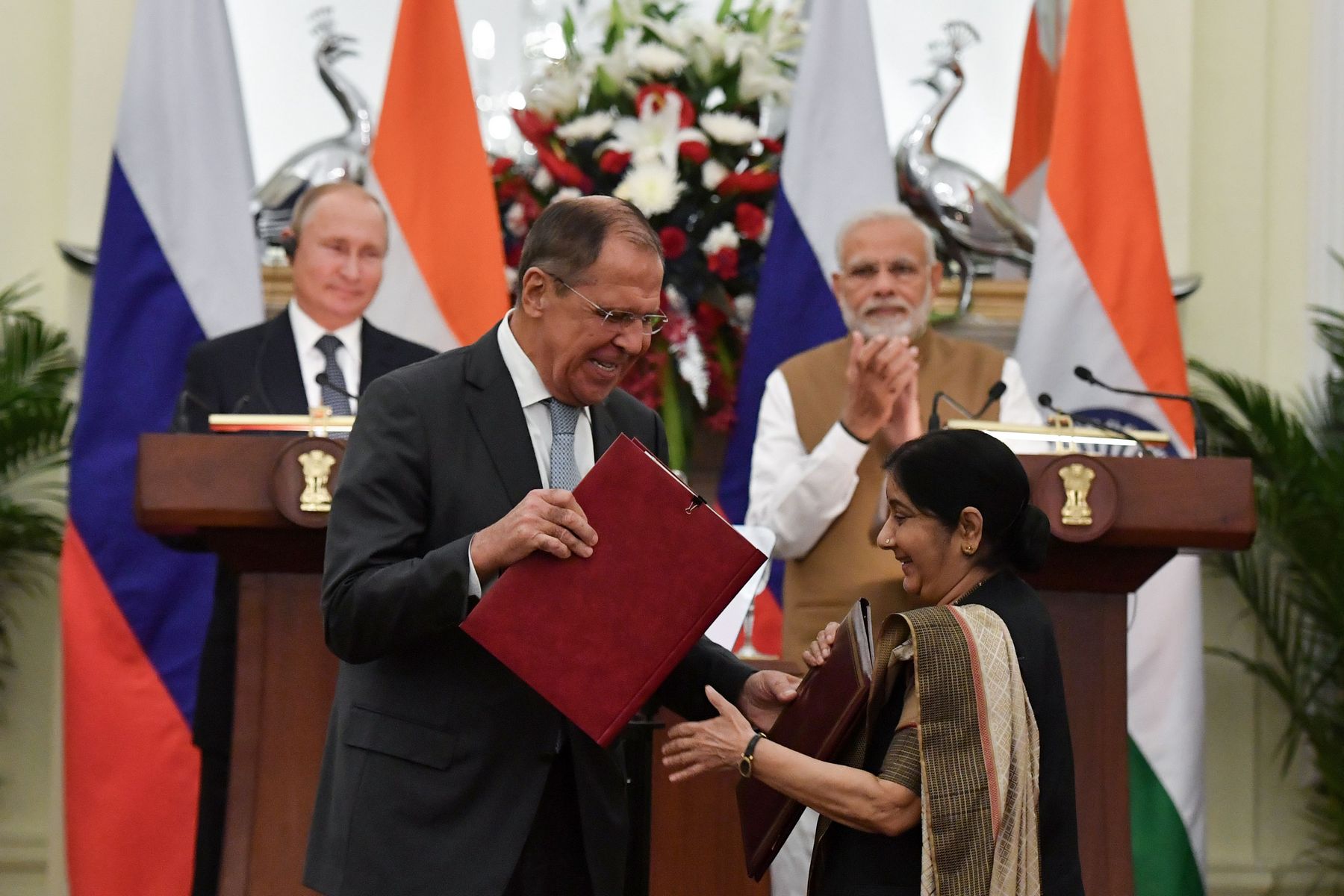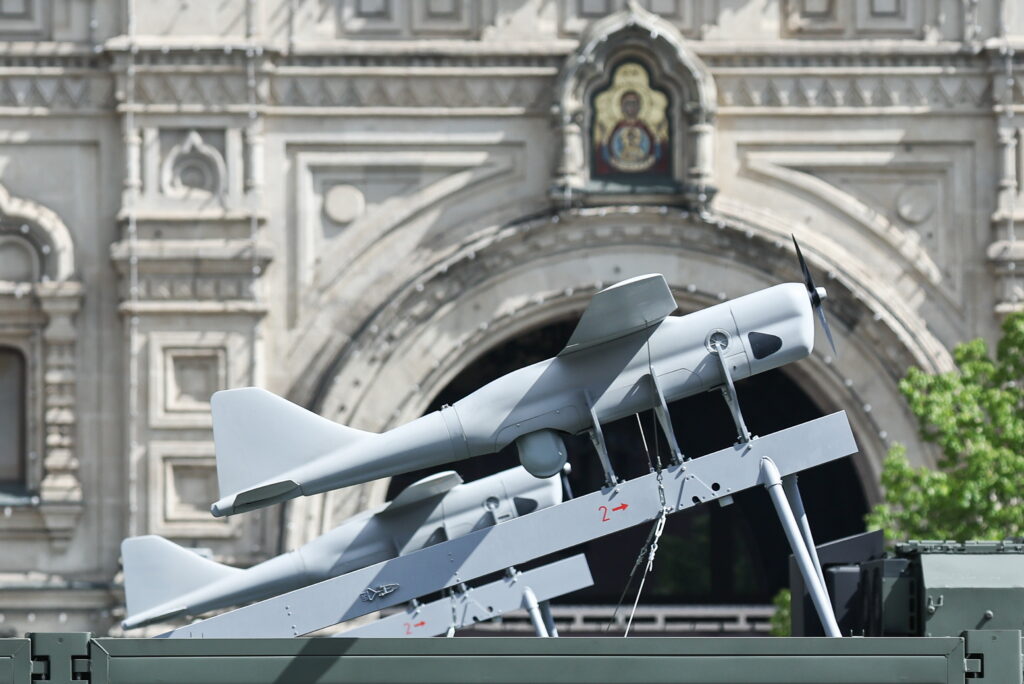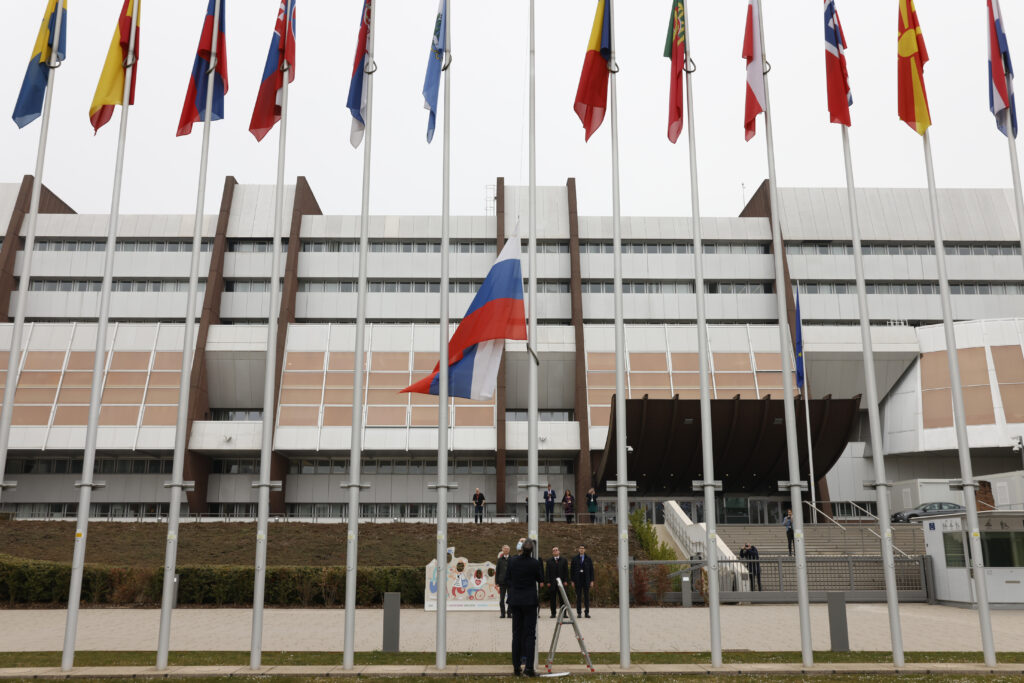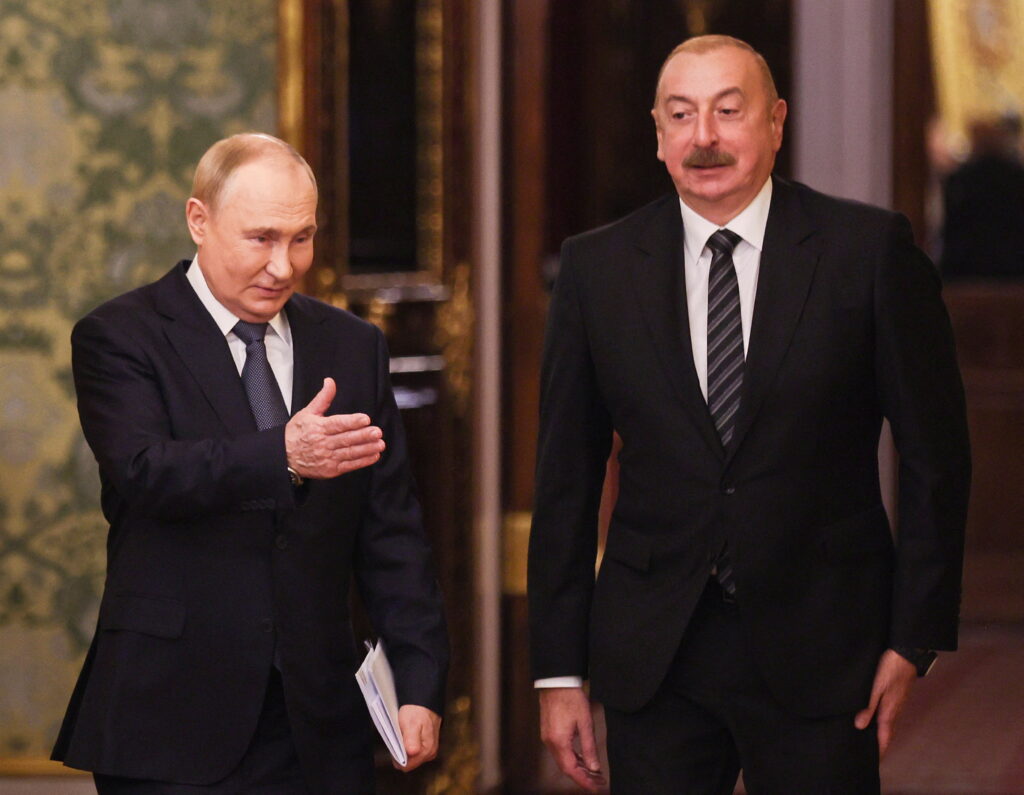2020 marked 20 years since the signing of the Declaration on Strategic Partnership between Russia and India and 10 years since the relationship was upgraded to a «special and privileged strategic partnership.» However, such formulations remain for the most part declarative. Of late, Moscow and New Delhi have not been able to radically solve existing problems, but they have managed to accumulate a new set of disagreements.
The privilege of relations with India did not deter Russia from selling lethal weapons to Pakistan, nor India from increasing military cooperation with the United States. Moscow, in an attempt to keep its long-standing partner in its sphere of influence, habitually relies on administrative resources. Apparently, it does not realize that Narendra Modi’s India is not a country that can be taught who to be friends with, and who not.
Global resentment
In December 2020, a rare case of tangible friction occurred between Russia and India. Earlier that month, Foreign Minister Sergei Lavrov, at a meeting of the Russian International Affairs Council, once again stated that the West is trying to revive a unipolar model of the world. The following words attracted the attention of the Indian press: «such an obvious pole as, for example, India, is subjected to a very sophisticated, aggressive policy of the West which is trying to drag it into anti-Chinese games, promoting Indo-Pacific strategies, is trying to drastically weaken our closest partnership, strategic, privileged relationship with Indians».
Lavrov obviously had in mind the format of the Quadrilateral Security Dialogue (QUAD) with the participation of India, the United States, Japan and Australia. In 2020, the four conducted a full military exercise for the first time in 13 years. Interpreting Lavrov’s words as dissatisfaction with the rapprochement between India and the United States, the Indian newspaper The Print explained by this the postponement of the annual meeting of Vladimir Putin and Narendra Modi. The article contained statements by former diplomats and anonymous sources criticizing the Russian position and was retold by other Indian publications.
The embassies of both countries had to refute this version, explaining that the official reason for the postponement of the summit was a pandemic. But the usually reserved spokesman for the Indian Foreign Ministry, Anurag Srivastava, still hinted at the incorrectness of Lavrov’s assessments. «India has always pursued an independent foreign policy based on its national interest. India’s relationship with each country is independent of its relations with third countries. We hope that this is well understood and appreciated by all our partners,» Srivastava emphasized. Simply put, the status of a privileged partnership does not mean «monogamy» of relations.
This rather revealing episode highlighted the problem of Russian diplomacy, which is also relevant for Moscow’s contacts with the West. Everything that the representatives of the Russian Foreign Ministry say publicly is directed primarily at an internal audience but is heard and interpreted all over the world. This gives rise to a paradox that noticeably annoys Western diplomats: while remaining generally negotiable and constructive between people behind closed doors, publicly Russian diplomats go too far. That makes it impossible to build a dialogue on equal terms with them. And if earlier the problem of fulfilling an internal request for «sharp-tongue» diplomacy was characteristic only of contacts between Russia and the West, then this time worn-out phrases about the «intrigues of the United States» is bristling its Asian partners.
The positioning of India as a toy in the hands of the United States demonstrates a lack of understanding of both the internal and external context of its contemporary politics. Behind the rising tensions between New Delhi and Beijing is the real concern of Indians about their security. The past year was marked by an aggravation of the situation on the border in Ladakh, where for the first time since 1975 casualties among the military were recorded.
Indian Foreign Minister Subrahmanyam Jaishankar described the current state of relations with China as «the worst in 30 years.» At the same time, New Delhi takes a tough stance in foreign policy only if it sees a serious threat to its interests. For Russia, the Chinese direction of the «pivot to the East» remains more promising both in economic and political aspects. And more frequent contacts between Moscow and Beijing do not escape India’s attention.
Besides that, Narendra Modi has embarked on a course to transform India into a global power. And in the minds of a significant part of the country’s inhabitants, this transformation has already taken place. Hence the outright resentment at the words of Lavrov, who placed their state in the rank of regional forces forced to cave in under pressure from the West. Moreover, New Delhi’s attempts to balance between Moscow and Washington are by no means new: the South Asian power has been pursuing a similar policy since the late 1970s, when, despite much closer relations with the USSR than with modern Russia, it received economic aid from the United States and turned to them for advanced military technology.
Manual control
Officials from Russia and India keep repeating that their states are on the same page on most global issues. This could be the case, if, of course, the topic of China is taken off the table. However, even with over 20 years of strategic partnership, the understanding of the internal situation in both countries has not advanced. There are still illusions on the part of the Russian leadership that the Indians are grateful for the support from the USSR. Such sentiments persisted only in certain groups of elites, and even there among the older generation. Opinion polls show that the United States is the most popular country among ordinary Indians (49%), while Russia is in second (47%).
Businesses, though, habitually complain about corruption, excessive bureaucratization, incomprehensible rules of the game and the involvement of courts. At the same time, there are barely any lobbyists for India’s economic interests inside the Russian Federation, and vice versa. Trade turnover between the two states is marking time, including because of the protectionist measures of both states. In 2018, India ranked 16th among Russian export destinations, while Russia, in turn, was only 36th in imports of Indian goods. For investments in the Indian economy, the Russian Federation is not even in the top ten, significantly behind the United States, China, Taiwan, South Korea, France and Germany. An agreement on a free trade zone would help increase trade, and there has been a lot of talk about it lately. But the agreement has been at the stage of elaboration for more than a year, and the parties have not named specific terms.
However, the statistics of Indian agencies do not take into account intergovernmental agreements, otherwise Russia’s share would have been higher. Major deals between Russia and India are signed at the highest level, including at the annual meetings of Putin and Modi. On the one hand, the annual summits are certainly demonstrating the privileged state of relations. On the other, it shows how without intervention from above, important questions do not move ahead.
Problems in military-technical cooperation
It is significant that in 2020, Indian Defense Minister Rajnath Singh, despite the pandemic, visited Moscow twice — in June and September. One of the goals of the June visit was to accelerate the supply of parts for Su-30MKI aircraft and T-90 tanks.
The problem of supplying components for Soviet and Russian military equipment, whose share in India is about 60%, has long been a headache for Indians. Until recently, all requests for parts went through Rosoboronexport, which led to a rise in cost and a delay in the process for several months, sometimes by 12−14. Due to the downtime of equipment in anticipation of spare parts, the real percentage of hardware of Russian defense enterprises in service in India sometimes did not exceed 50%.
In recent years, attempts have been made to speed up the process. In 2019 an agreement was signed on the joint production of spare parts (during the meeting between Modi and Putin). In 2020 there were specific deals between Russian and Indian companies. But these are only the first steps towards solving a problem that has existed for decades, which have so far changed little. Otherwise, Minister Singh would not have had to separately discuss the issue of accelerating deliveries during his visit to Moscow.
It was during the years of «special privileged partnership» that Russia lifted the embargo on the supply of lethal weapons to Pakistan, India’s main regional adversary. Back in 2010 Putin assured then Indian Prime Minister Manmohan Singh that Russia was taking into account the concerns of Indian partners and is not working to improve military-technical cooperation with Islamabad. Then in 2014, such cooperation was established. In 2015, Russia and Pakistan signed a contract for the supply of four Mi-35M transport and combat helicopters. Since 2016, the Druzhba joint exercises of Pakistani and Russian security forces have been regularly held.
Of course, the Indian factor still imposes certain restrictions on Russian-Pakistani military-technical cooperation. But one of the reasons that Moscow turned its attention to such an unobvious buyer is precisely the diversification of Indian defense purchases. The more contracts India signs with Israel and France, the stronger Russia’s need for new sales markets, including Pakistani, will be.
It turns out that the «special privileged strategic partnership» between Russia and India is devoid of content. It does not mean exclusivity: both states, to mutual displeasure, are increasingly cooperating with each other’s rivals. This partnership did not lead to an increase in economic interaction. Nor did it radically solve the long-standing problems in the military-technical sphere.
Until now, the coincidence of the foreign policy positions of Russia and India has been ensured not so much by natural proximity as by the absence of conflicting topics. It is easy for countries that are geographically distant, weakly connected economically and do not contradict ideologically to find a common language. But with the growing contradictions between China and India, such a topic emerged. Obviously, it will increasingly push Moscow and New Delhi into differing corners. In these conditions, Russia should not count on the unconditional loyalty of an ally. It certainly should not blame emerging problems on the intrigues of Western forces.










